Torras y Sanmartí
Torras y Sanmartí y Cía, Barcelona, 1830.
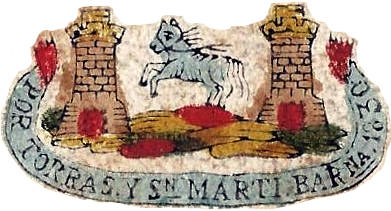
Torras y Sanmartí, Barcelona, 1830
Torras y Sanmartí is registered as a cardmaker in Barcelona between 1823-1834. The design of the cards is an early version of what evolved into the “Spanish Catalan” pattern by the end of the century, moving away from archaic or baroque traditions towards simpler designs, although this example still retains features from the former “Spanish National” pattern. The Four of Cups (click image to right) has a device of a horse between two towers, and bears the tax collector’s signature. The Ace of Coins has a medallion with a laurel-crowned head above an angel carrying a cornucopia. The court cards stand on little plinths.
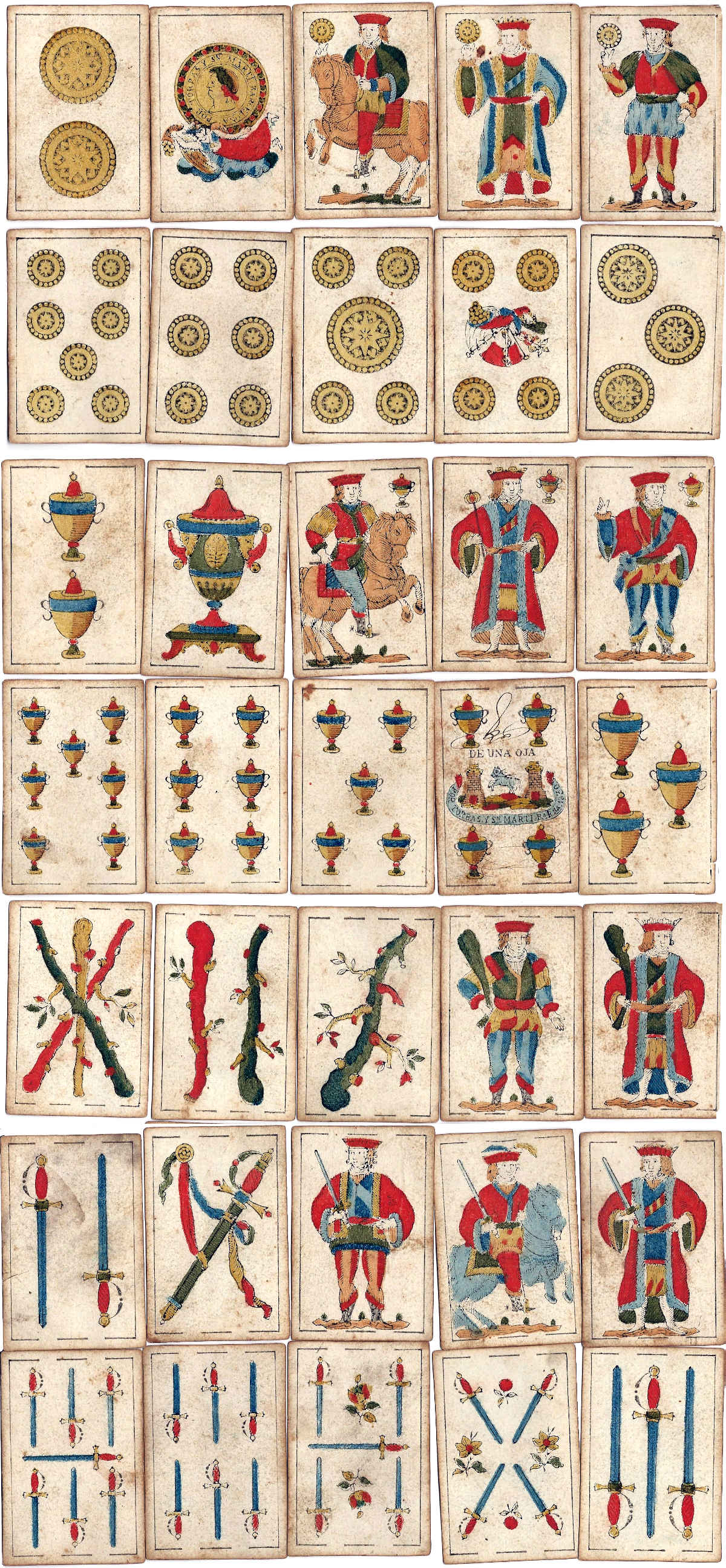
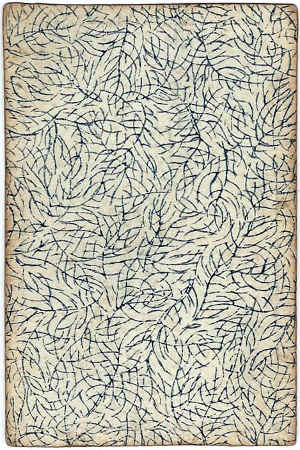
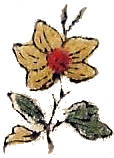
Above: these cards are from Fort Madison Iowa (USA). This is the first part of the state of Iowa to be settled. Very early in the 1800s a Fort was established on the Mississippi River. It was as an early trading area for traffic going west in the settlement of the United States. The backs are decorated with a randomised repeating pattern in blue. The words “De Una Oja” on the Four of Cups refers to the manufacturing process, in that the cards are printed on a single sheet of card, not a 2 or 3-ply laminated cardboard. Images courtesy Larry and Tammy Northup.
See also: Sanmarti, 1840 →
REFERENCES
Ferro Torrelles, Victor: Registro de Naiperías Españolas 1380-2004, Asescoin, Madrid.
O'Donoghue, Freeman M: Catalogue of the collection of playing cards bequeathed by Lady Charlotte Schreiber, Trustees of the British Museum, London, 1901
An earlier example dated 1829
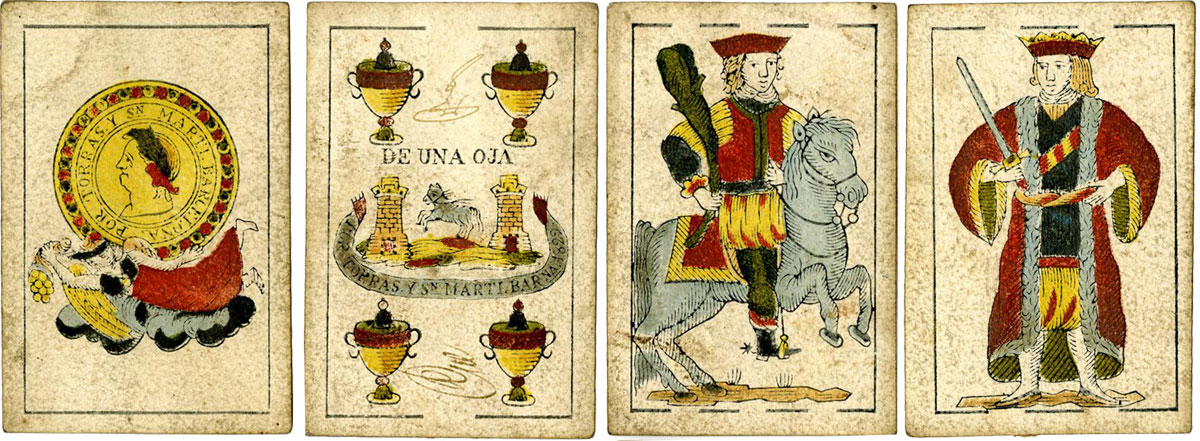
Above: four cards from a similar pack produced by Torras y Sanmartí, dated 1829 on the four of cups. Backs printed in blue with a small pattern. © The Trustees of the British Museum • Museum number 1896,0501.828►
By Simon Wintle
Spain • Member since February 01, 1996 • Contact
I am the founder of The World of Playing Cards (est. 1996), a website dedicated to the history, artistry and cultural significance of playing cards and tarot. Over the years I have researched various areas of the subject, acquired and traded collections and contributed as a committee member of the IPCS and graphics editor of The Playing-Card journal. Having lived in Chile, England, Wales, and now Spain, these experiences have shaped my work and passion for playing cards. Amongst my achievements is producing a limited-edition replica of a 17th-century English pack using woodblocks and stencils—a labour of love. Today, the World of Playing Cards is a global collaborative project, with my son Adam serving as the technical driving force behind its development. His innovative efforts have helped shape the site into the thriving hub it is today. You are warmly invited to become a contributor and share your enthusiasm.

Related Articles
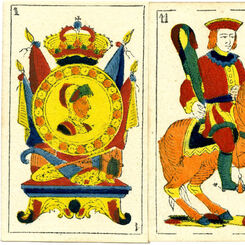
José Maria Durán
Spanish Catalan pattern by José Maria Durán, Barcelona, c.1870.
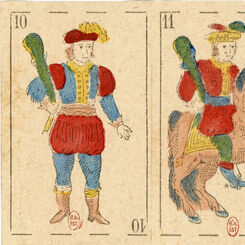
Pou y Cía
Catalan pattern made by Pou y Cía, Madrid c.1860.
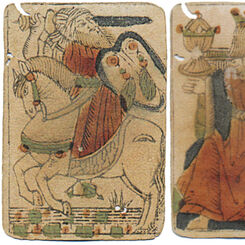
XV Century Spanish-suited playing cards
XV Century Spanish-suited playing cards with moorish influences
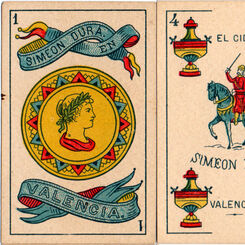
‘El Cid’ by Simeon Durá, Valencia, Spain
‘El Cid’ playing cards manufactured by Simeon Durá, Valencia, Spain.

Heráldica Castanyer
Spanish Catalan pattern No.6 by Heráldica Castanyer, Sabadell (Barcelona), c.1980.

Cartes à Jouer Espagnoles
Cartes à Jouer Espagnoles Héron - Catalan pattern.
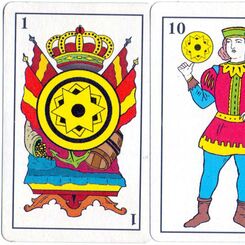
Mas-Reynals Catalan Pattern
Mas-Reynals standard Catalan pattern comes in several slightly different versions.
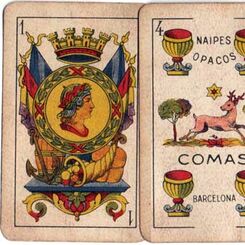
El Ciervo N°4
“El Ciervo” No.4 manufactured by Hija de Antonio Comas during the Spanish Civil War, with mural crow...
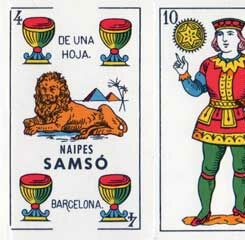
Naipes Samsó N°2-S
Naipes Samsó published by N.E.G.S.A. (Barcelona) c.1965.
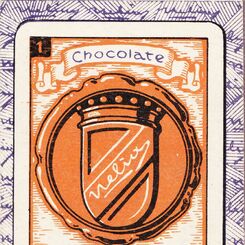
Baraja Cartomántica Chocolates Nelia
Some examples of playing cards made in Catalonia from the collection of Iris Mundus, Barcelona.
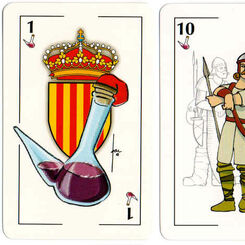
Catalan Playing Cards
With a distinct history stretching back to the early middle ages, many Catalans think of themselves ...
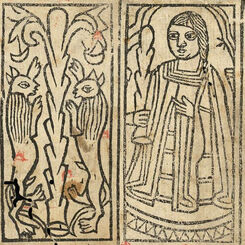
XV Century Catalan playing cards
XV Century Catalan Playing Cards, featuring four female Sotas, four Aces and four cards from the sui...
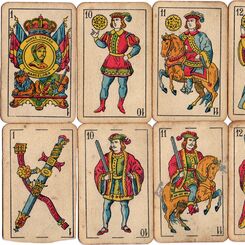
Wenceslao Guarro Catalan Pattern
Wenceslao Guarro ‘Escudo de Barcelona’ Catalan Pattern by Fabricantes de Naipes de España, c.1925.
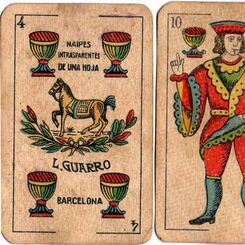
Luis Guarro, c.1920
Luis Guarro’s “El Caballo con Manta” Catalan pattern by Fabricantes de Naipes de España, c.1920.

S. Giráldez, Barcelona
Standard Spanish Catalan pattern playing cards by S. Giráldez, Barcelona, c.1905.

Vic Joc de Cartes
Vic Joc de Cartes, happy families quartet game, 1990.
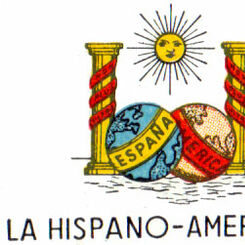
Juan Roura, Barcelona (1872 - 1962)
Juan Roura produced a range of popular designs including Catalán, Castilian and Cádiz patterns for d...
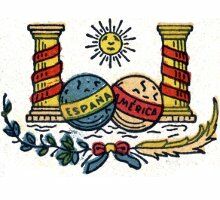
Juan Roura Catalan
Catalan type by Juan Roura, La Hispano-Americana, Barcelona (1872 - 1962).
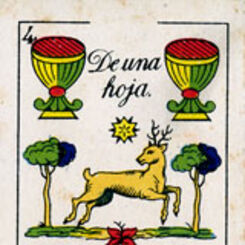
El Ciervo, c.1930
Sebastian Comas y Ricart - Hija de A. Comas “El Ciervo” Spanish Catalan pattern, c.1930.
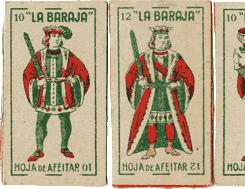
Baraja Hoja de Afeitar
La Baraja 'Hoja de Afeitar'. Baraja de Hojas Maravilla descalificadas como de primerísima categoría....
Most Popular
Our top articles from the past 60 days






















